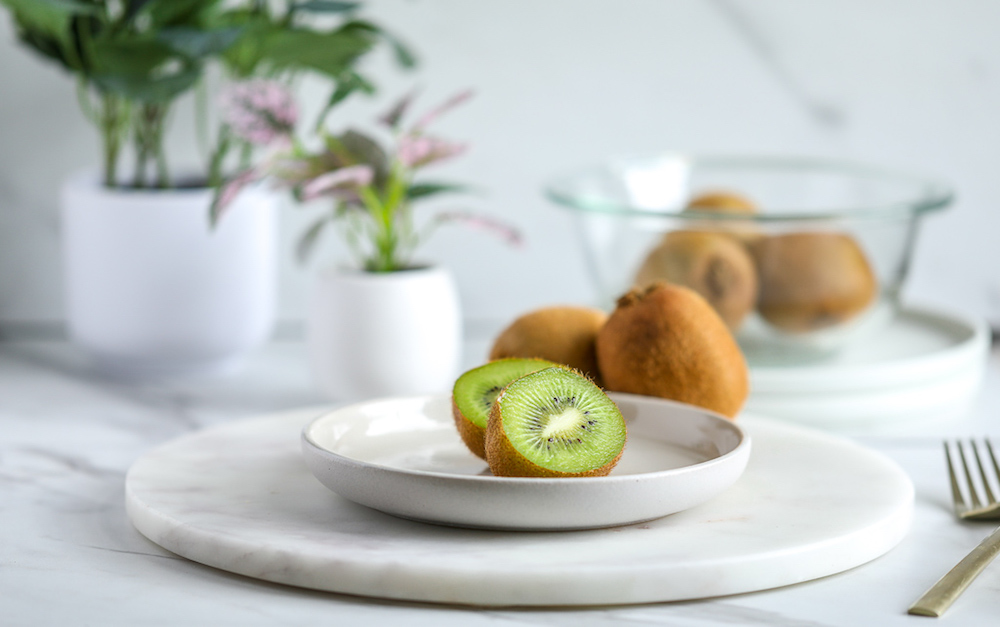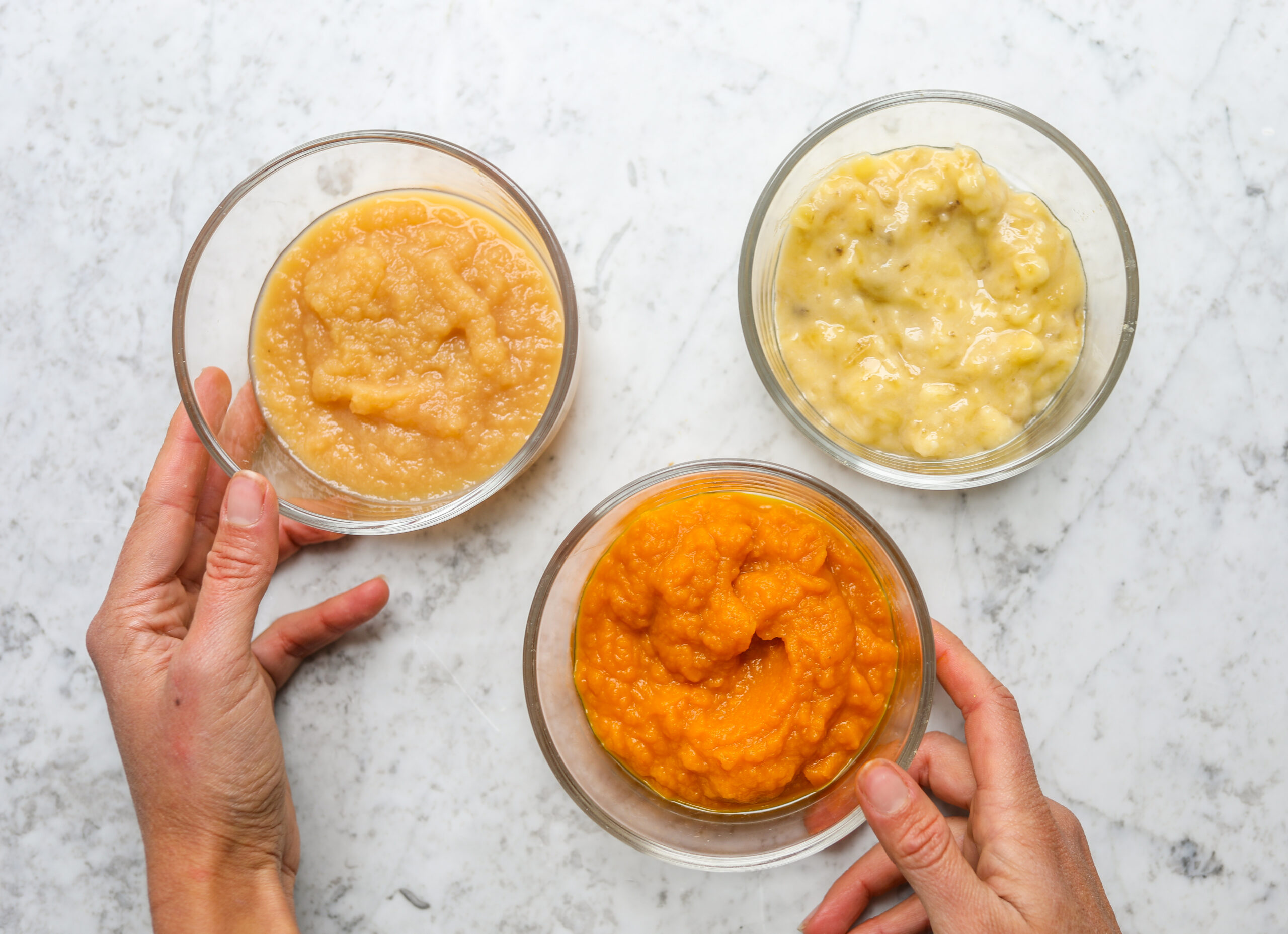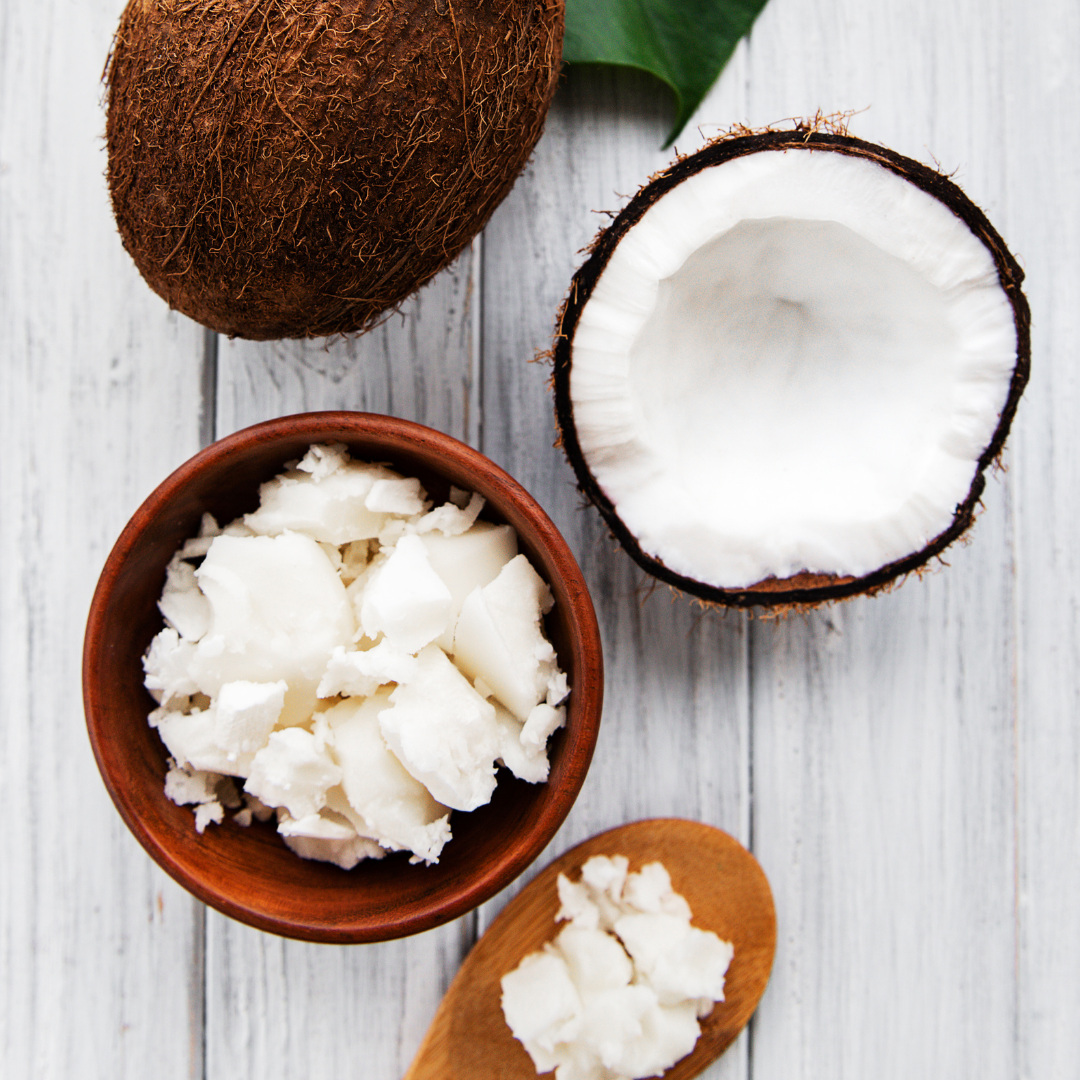As a nutrition coach who focuses on blood sugar balance, I am often clearing up confusion around sugar for my clients. It is important to realize that while sugar across the board may be getting backlash in the wellness world, not all sweeteners are harmful to your health. There are some that that not only sweeten your food, but also benefit your body because of the nutrients they contain. Honey happens to be one of those sweeteners, and the deliciously sticky sweet syrup has been used for both culinary and medicinal purposes since ancient times. However, not all honey is the same, and the quality will depend on a few different factors. If you can make sure your honey is raw, you will be doing yourself (and your health) a favor.
How Honey Is Made
Honey is the viscous substance produced by honey bees, and the entire process from beginning to end is quite elaborate. It starts off as flower nectar, which at the time of collection is composed of mostly water and simple sugars. Inside the hive, the bees ingest and regurgitate the liquid until it is ready to be stored in the honeycomb. The continual fanning of the bees’ wings causes most of the water to evaporate, and once it dries, it is capped with wax and ready for extraction. What happens next sets raw honey apart from the rest. If it is immediately bottled after the beekeeper takes it from the honeycomb’s compartments, the honey stays in its raw, unfiltered form.
Raw vs. Processed Honey
Unlike raw honey, commercialized honey – such as the containers you might find in your local supermarket – have likely been pasteurized. Pasteurization involves heating the honey under high temperatures to destroy harmful bacteria, microorganisms and yeast. Not only is this process unnecessary due to honey’s antibacterial, antiviral, and anti-fungal environment, but it also strips the honey of the beneficial components which contribute to its health and healing powers. To be considered raw, and ensure enzymes and other nutrients are intact, the honey must not be heated above the temperatures found inside the hive, which averages about 95 degrees Fahrenheit.
There is another reason why heat is applied to honey before stocking it on the shelf.
It allows the viscous liquid to be filtered more fluidly. The result is the clear, golden substance that people prefer. While filtration might make it look more desirable to consumers, it removes the pollen and other particles found in raw honey, which does a huge disservice. Bee pollen is packed with its own nutritional benefits, and is a good source of B vitamins, enzymes, and amino acids. Additionally, there is a good chance that conventional honey has been diluted. While a recent study shows that processed honey has some antibacterial activity, raw honey’s abilities are much more pure and potent. Another study concluded commercial grade samples showed no activity at all.
Want to guarantee you are getting the good stuff? Here are some ways that will help ensure your honey is raw.
Raw honey still contains the pollen and other natural particles.
Since raw honey is extracted from the honeycomb and then sealed with little to no straining, it likely still contains natural chemical compounds such as pollen and other particles. Don’t let this deter you! It is a sign that the honey is close to its original state, and the enzymes and other nutrients have been preserved. These compounds also contribute to raw honey’s nutritional profile, and studies have shown that their quality is compromised when common processing techniques are applied.
Raw honey has likely started to crystallize.
Raw honey tends to have a thicker, cloudier consistency than the commercially sold sweeteners. This is a result of crystallization, which is completely natural. It occurs when the simple sugars found in honey solidify, and because raw honey has a higher sugar-to-water ratio, it crystallizes at a faster rate. With pure honey, it is likely that some crystallization has taken place by the time you purchase.
Raw honey has a sweeter taste and smell.
You may also be able to distinguish raw honey by its distinct flavors and aromas. After processed honey has been heated, filtered, and likely diluted, it has lost a lot of its taste and smell. However, a honey’s aromatics could also depend on the nectars’ floral source, with some being stronger than others, so might not be the best tool to measure it by.
Raw honey is difficult to dissolve in water.
Sometimes your senses aren’t enough – taste, smell, and sight aren’t surefire ways to determine if your honey is raw. It is also a misconception that a darker color denotes higher quality, as a honey’s hue has more to do with its floral source and age. Furthermore, when raw honey crystallizes, it becomes lighter because the sugar crystals are white. Luckily, there is an at-home test you can try. Because the pure honey should still contain water insoluble solids, it will not dissolve like the honey that has been heated and treated. To see this for yourself, drop a teaspoon or two of honey into a glass of water. Raw honey will sink to the bottom, so if it starts to dissolve, it is probably processed.
Where should you buy raw honey?
If you are now wondering where to buy raw honey, I have some suggestions for that too. Instead of getting your honey from a standard supermarket, perhaps you purchase yours from a smaller, organic grocery, making sure the label clearly states its raw and unfiltered. Better yet, find your next jar at the local farmers market sold by the beekeeper himself. And if the honey comes with the comb, you can rest assured your batch is the real deal.










